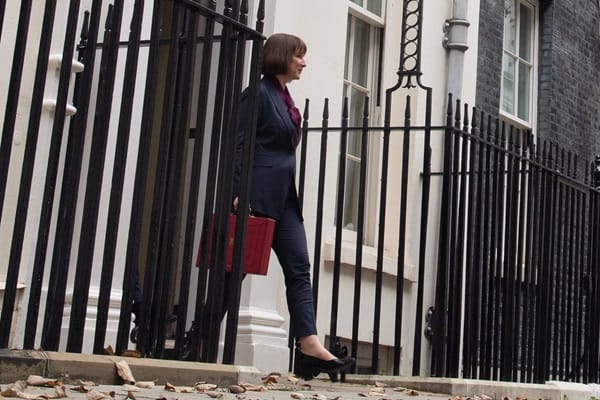Bussiness
Gold under further pressure as hopes for rate cuts fade next year – London Business News | Londonlovesbusiness.com

Gold deepened its losses today and hit its lowest levels since mid-September, reaching nearly $2,540 per ounce in its sharpest decline in spot trading, thus the yellow metal is heading for losses for the sixth consecutive day.
Gold’s continued losses come amid the continued flow of inflation and labor market data in the US, which is likely to keep hopes weak regarding the possibility of a rate cut next year. Initial weekly unemployment claims were at 217,000, which was lower than expected, in addition to the acceleration of producer price inflation in October.
While the growth of the Producer Price Index (PPI) accelerated to 0.2% on a monthly basis from 0.1% previously, in line with expectations. While the annual reading recorded a higher-than-expected growth from 1.9% to 2.4%.
Today’s figures came after the Consumer Price Index data for October, which we saw yesterday. Inflation may accelerate again to 2.6% on an annual basis.
While the data did not significantly change market expectations regarding the next steps of the Federal Reserve, hopes for a rate cut in the first month of the new year have diminished, which may justify gold’s continued losses.
The probability of the Fed cutting rates by 25 basis points in January is expected at 28%, following the almost inevitable cut expected in December. The probability of a cut in January exceeded 60% more than a month ago, according to the CME FedWatch Tool.
The yield on the 10-year Treasury note continued to rise today, reaching its highest level since last July at 4.48%. As annual inflation accelerated in yesterday’s reading, real yields continued to rise, reaching their highest levels since 2015 at 2.083%. This rise in real yields will put further pressure on gold to decline as it loses its luster for high-yielding bonds, which are expected to remain so for longer than expected – higher-for-longer again.
As for geopolitical factors, they appear to be a positive factor supporting gold as a safe haven over the coming year. The scene is looking more complicated as more light is shed on Trump’s expected policies and the senior officials of the next Republican administration are revealed.
On the Ukrainian front, Trump had promised to end the war on the day he took office. However, after Trump’s victory, experts believe that this promise is far from being fulfilled. Thomas Friedman argues in an opinion piece in The New York Times that reaching an agreement to end the war will require more pressure on the Russian side, which will not move to conclude a deal unless it guarantees the annexation of the territories it has seized.
Friedman also says that if Trump wants to reach a deal, he may have to support Ukraine in maintaining the current front line for 12 months – i.e. the war may extend beyond at least a year after Trump takes office, not a single day.
In the Middle East, we are also seeing more signs that the future of the region under the new administration will only hold an escalation of the regional war.
Over the past few months, we have seen growing momentum for the call to annex the northern Gaza Strip to Israel as a prelude to annexing the south later, but this week we are facing a push to annex the West Bank with Trump dissecting Mike Huckabee for the position of US ambassador to Israel.
Huckabee said that it is possible to annex the West Bank during the next administration – even the annexation is not a priority for Trump in his Middle East policies, unlike the extreme right in Israel.
This, in addition to the trend towards further escalation with Iran, in my opinion contradicts any push towards de-escalation in the region. This escalation may extend if oil flows from the region worsen, which could cause gas prices and inflation to rise again, which could constitute an obstacle for Trump to implement his economic policies.










